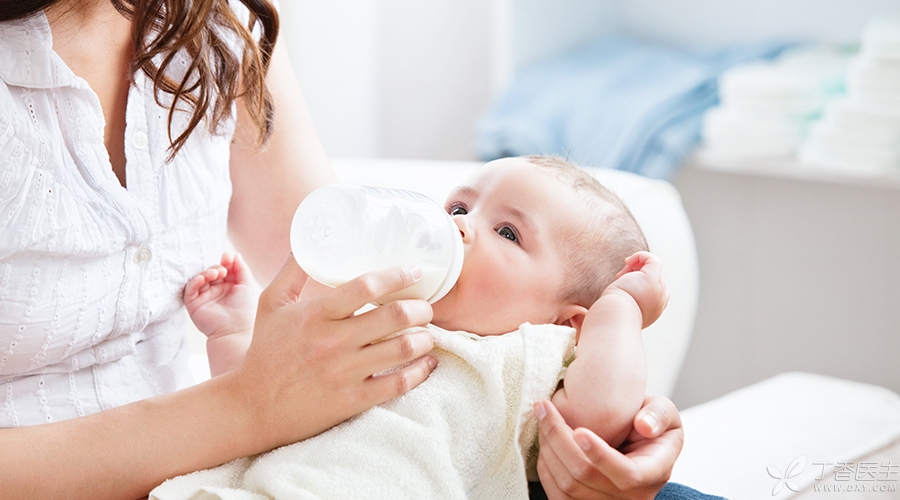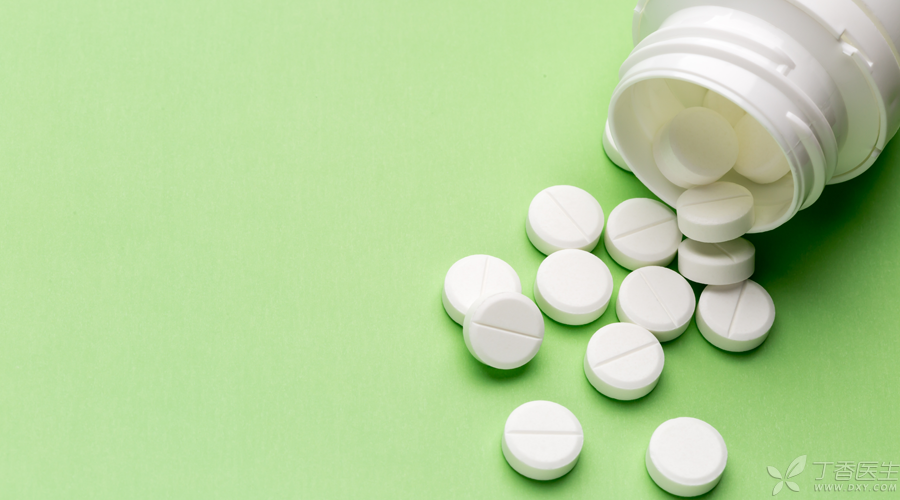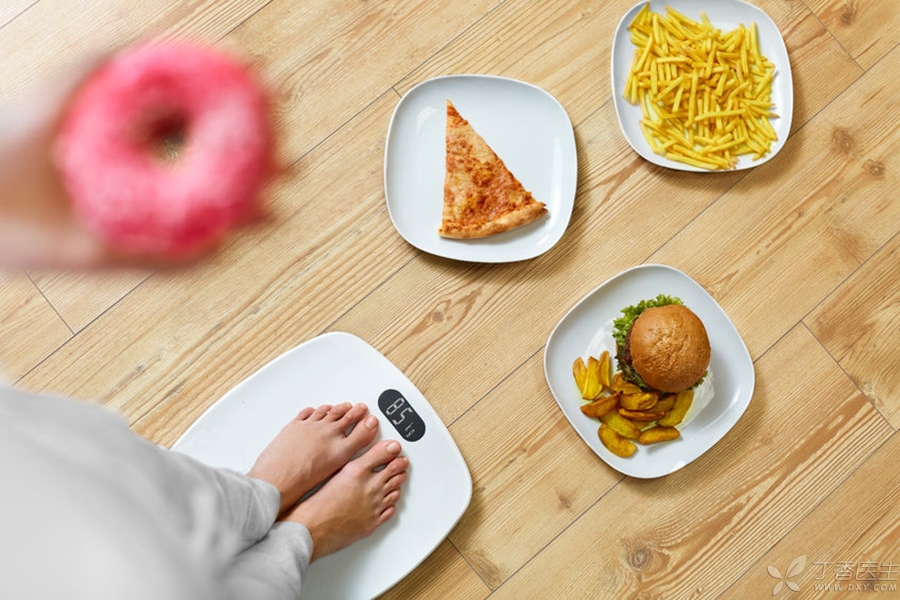
A few days ago, a best friend who wanted to wean came to consult Ding Ma: Which season is the best to wean her?
Dr. Clove went to the Internet to check and got the following information…
There are many infectious diseases in spring and autumn. If the baby is weaned, its resistance will weaken and it will be easy to get sick.
Summer is too hot, the baby’s appetite is not good, weaning will affect eating.
Winter is too cold for weaning.
… …

So… what season is the best for weaning? Or is it more appropriate to wean the baby at a certain age?
Dr. Clove, who has always been proud of breaking the casserole and asking the truth, quickly learned from his good friend Li Liangli.
Is there the best season and age for weaning babies?
In fact, there is no so-called “best weaning season”. The best time to wean a baby is,
When [YOU] are ready!
[YOU] here refers to the mother and the baby. As long as you and the baby are ready, spring, summer, autumn and winter, you can break it if you want.
-How old is the baby most suitable for weaning?
There is no definite conclusion on this point. Major authorities have recommended exclusive breastfeeding for 6 months, and it is up to the mother and the baby to decide whether to wean in what.
The World Health Organization recommends breastfeeding until you are 2 years old or above. If you and your baby are willing, you can decide when to wean according to your own situation.
What preparations do you need to make when you are about to wean?
Weaning is a big event for both babies and Ma Ma. It must be handled carefully and taken seriously. Forced weaning is not recommended. Natural weaning is the best weaning method for both parties.
Babies of 0 ~ 6 months old
It is strongly recommended to stick to breast-feeding, and if exclusive breast-feeding is not possible, at least mixed feeding (one more bite is one more bite).
Babies of 7 ~ 12 months old
At this stage, the baby is still mainly milk. If the mother cannot continue breast milk at this time due to various reasons such as the need to resume work, she needs to choose a suitable formula for the baby.
Before weaning, be sure to let the baby adapt to the bottle (or straw cup, cup) and milk powder in advance. You can start with breast milk bottle feeding, increase the number of bottle feeding every day, and gradually reduce the number of pro-feeding.
If the baby does not accept the mother’s bottle of breast milk at the beginning, the baby can be fed by other people in the family. In order to make the baby adapt to milk powder, breast milk and formula milk can be mixed and transferred to milk for transition until pure formula milk is completely accepted.
After 1 year old
One year old should take three meals as the main, milk is only a part of the diet, this time don’t worry too much about the baby’s milk, can completely choose formula milk, fresh milk, pure milk, yogurt, cheese and other forms according to personal situation. 500 ml of total milk per day can be reached.
It should be noted that no matter which age group, don’t be impatient when weaning. Give the baby enough time to make a slow transition, adapt to and accept this change.

Weaned mothers should pay attention to what?
In order to reduce secretion, mothers should gradually reduce milking frequency, avoid emptying and slowly reduce production.
However, for mothers, weaning requires not only physiological adjustments, but also psychological milk.
When weaning, there will be a lot of reluctance, feeling a little lost. I think that the baby’s step marks his growth, but I am not willing to give up the break of this intimate connection between myself and the child. In fact, weaning does not mean the estrangement between you, weaning marks the independence of the child.
During weaning, it is not recommended to separate or even isolate from the baby, but to add some high-quality companionship so that the child can feel the love of the mother ~
There are so many weaning methods? Which is the best?
From a scientific point of view, weaning is nothing more than reducing or stopping milk secretion.
Therefore, the best way is, of course, to gradually reduce the frequency of milk sucking/milking, reduce emptying, and give the brain a signal to gradually reduce production.
There are indeed many so-called weaning methods on the market. The comparison is as follows:
Milk return needle
The main ingredient of the milk return needle is estrogen, which was used for milk return by injection in the past, but has been stopped. Because of the large side effects, large doses may have the potential risk of promoting clot formation.
Vitamin B6
Vitamin B6 itself is relatively safe, but the effect of milk return varies from person to person. However, if used for milk return in large doses, side effects such as dysphoria, tiredness, anorexia, headache, nausea, vertigo and blurred vision may occur.

Bromocriptine
Bromocriptine, which was once used to inhibit lactation, is no longer recommended in the 8th edition of Obstetrics and Gynecology. It is believed to be related to the occurrence of heart disease and stroke.
Recovery of milk from food
Some mothers heard that cool, acidic and spicy foods have astringent effects to help milk return, such as cucumbers, balsam pear, wax gourd, leeks, etc. However, in general, milk return foods vary from person to person and can be tried if eaten normally.
Raw malt
In the 8th edition of “Obstetrics and Gynecology”, it is written that [raw malt 60 ~ 90g, decocted in water as tea, 1 dose per day, even taken for 3 ~ 5 days.] There are also methods that have no obvious effect on mother’s reaction, but are relatively safe.
Mirabilite
Also in < < Obstetrics and Gynecology > > the method written in: Mirabilite 250 g is packed in two gauze bags, applied to the two breasts and bandaged, and replaced when wet and hard. This is more troublesome, and the operability is poor.
Generally speaking, it is not recommended to use drugs to return milk. Food weaning can be tried. The best policy is to reduce milking frequency, avoid emptying and slowly reduce production.
If the breast is red, swollen, hot and painful, you can use towel or cabbage cold compress to reduce swelling. If the pain is severe, you can take analgesic drugs, such as ibuprofen or acetaminophen. However, if the pain intensifies and the fever does not subside, it is recommended to see a doctor in time.
In addition, if the amount of lactation every day is very large, it is not recommended to withdraw milk by oneself. It is best to seek professional advice from a doctor to avoid discomfort to the body.
After weaning, the mother of the baby should pay attention to what?
For babies, formula milk powder and breast milk are basically the same in main nutritional ingredients, so there is no need to make special changes to the baby’s diet after weaning.
But for mother, the change is very big.
After weaning, because there is no milk to produce this special energy consumption, the daily energy required is greatly reduced compared with that during lactation. If you still keep the previous diet, what awaits you is paunchy.

Secondly, [how to restore large and small milk] is also a major issue to consider after weaning.
During lactation, due to the different frequency and intensity of breast sucking on both sides, Many mothers will appear the phenomenon of large and small breasts. Aiming at the phenomenon of uneven size, in fact, the breast strength training can be started during lactation to increase support, and the bra with appropriate support effect can be selected. After weaning, it is a good time to strengthen strength training, more on the small side of the breast exercise, recovery as soon as possible.
